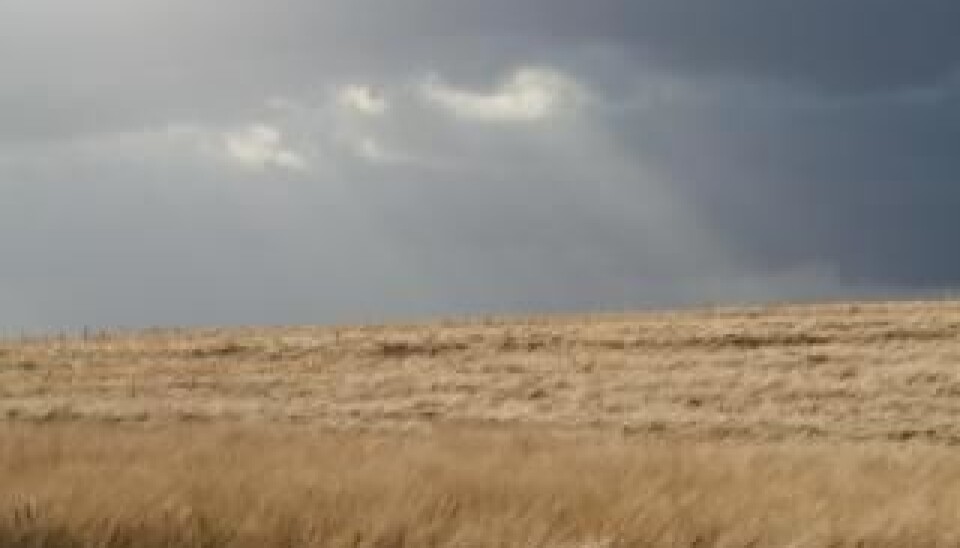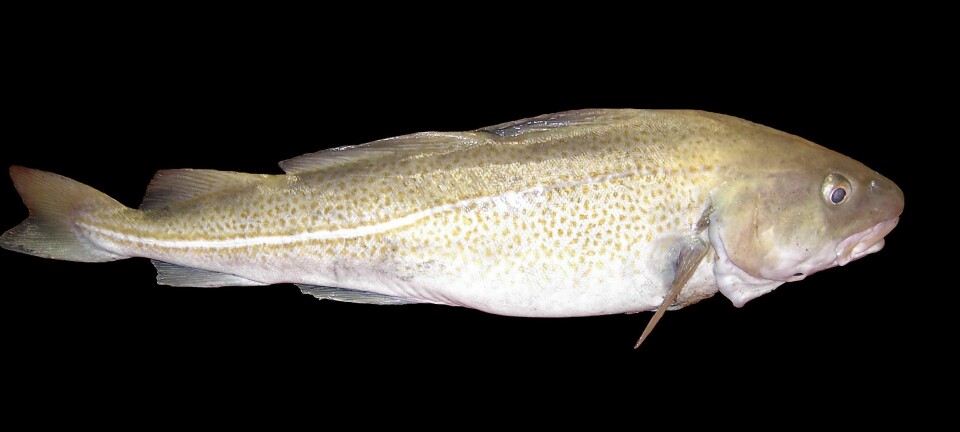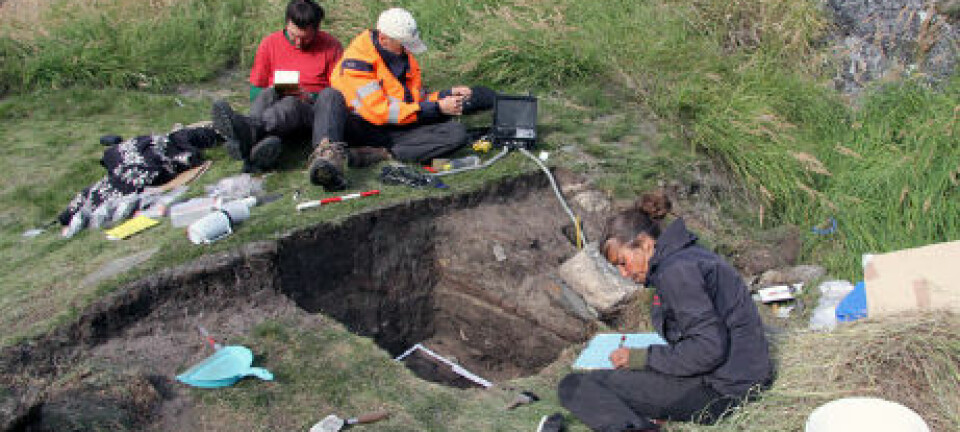This article was produced and financed by The Fram Centre

A southern European climate in the North
Variations between seasons may be erased in 2100, and Norway will have a climate like today's southern France.
Denne artikkelen er over ti år gammel og kan inneholde utdatert informasjon.
Climate warming in the north leads to smaller seasonal differences - spring and autumn periods are shorter. The North is approaching a Middle European climate.
The global temperature is rising, especially so in the northern areas of the earth, from 50° north and northwards.
This is the conclusion of 21 scientists from 17 universities and the American space organisation NASA, who have examined closely what has actually taken place over the past 30 years. Their study has recently been published on the internet by the magazine Nature Climate Change.
Approaching a Middle European Climate
Norway, as we know it today, may be in the process of disappearing. The same thing is happening in Siberia, Alaska and in the north of Canada. The plains and mountains are becoming overgrown. In several areas, the growth season in Scandinavia has increased by 30 – 40 days since 1980.
If the warming continues, we can get seasonal variations like those in Middle Europe at the end of this century, where the seasons are hardly distinguishable from each other.
The study shows how snow and the ice covering have been reduced in the northern areas over the past 30 years.
“The growth season has increased by an average of 3-4 days per decade, but there are large local variations. That is a lot,” says co-author Hans Tømmervik at the Norwegian Institute for Nature Research at the Fram Centre
“This is a direct consequence of global warming combined with other human influence, and this has affected the northern region more than the global average,” says Tømmervik.
Increased warming
The initiation and termination of the plant growth and the progress of the growth season are closely tied to threshold temperatures. Trends in when these threshold temperatures initiate photosynthesis and how the climate further progresses will also change the seasonality of the vegetation over time.
Increased warming in the summer, one to two degrees in the northern areas, while the extent of snow, ocean ice and glaciers is decreasing, has led to a tendency to increased warming, increased plant growth and a prolongation of the growth season over the past 30 years.
A special analysis shows that there is a strong connection between the fluctuation in the seasonal temperature and vegetation development in the northern areas. As this increase in temperature has been greatest in winter, the difference between annual maximum and minimum temperature has decreased since 1982. In other words, the difference between the different seasons has decreased in the northern areas.
"This is a phenomenon that is analogous with a shift in the climate towards a southern one,” says Tømmervik.
Large variations
The scientists have critically evaluated the relationship between trends in the seasonal variation in temperature and the progress of the growth season during 30 years, using satellites, climate data and ground data.
Here they also used satellite-based micro-wave sensors that survey frozen ground, ice and snow in order to determine the start and end of the growth season.
The observed reduction in seasonal variability (in the shape of a longer growth season and shorter winter) has been estimated as being between 4° – 7° latitudinal shift/rotation southwards for the Arctic areas (all areas north of 65 degrees north), and between 5° and 6° latitudinal shift southwards for the boreal areas (all areas north of 45 degrees north).
About 88 percent of the Arctic area and 81 percent of the boreal area showed an increase in the length of the growth season of more than 3 days for each decade (9 days in the period of 1982 – 2011).
However, the variation is large and some areas showed a reduction in the growth season of more than 10 days, while other areas showed an increase in the growth season of up to 36 days in the period of 1982 – 2011. In other words, with the aid of satellite pictures, one has observed that the intensity in vegetal growth and the length of the growth season has moved northwards by from 400 to 700 kilometres since 1980.
17 climate models
Analyses of a total of 17 new climate models indicate up to 20° latitudinal shift southwards in the course of this century if the warming continues to increase. That means that the variation/contrast between the seasons will be erased and that we in 2100 will have a climate similar to the one they currently have in the South of France.
The percentage of the Arctic vegetation that showed an increase in plant growth varied between 32 percent and 39 percent, depending on the statistical model used.
The percentage that showed diminished productivity (browning) was less than 4 percent. In total this means a 10 percent increased plant growth during the last 30 years. In the boreal region, the total plant growth was estimated at 7.5 percent over the last 30 years.
Growth season is increasing
A main find from this survey shows that the plant growth is accelerating and the growth season is increasing in length in the Arctic area – whilst in the boreal forest areas one observes a reduced acceleration in the plant growth that is at odds with increased temperatures in the same area.
Perhaps this is a sign of a disconnection of the warming in the summer and the vegetation productivity in the northern forest areas (boreal area) as the enhanced greenhouse effect in the shape of thawing permafrost, summer dry spells, forest fires and insect outbreaks increases. It is too early to say how this may affect the growth season and plant growth in the future.
However, the continents are very different and in this case it turns out that productivity in the Siberian forests increases more than in Canada and the USA. There has also been increased growth in plant productivity and a longer growth season in Scandinavia, but here, too, we see that the increase has slowed down somewhat over recent years compared with the 1980s and 90s.
The increase in the growth season is larger in the south than in the north, and in that respect Scandinavia differs somewhat from Alaska, Canada and parts of Siberia.
“The effects of higher temperatures and prolonged growth season in the northern areas affect the growth of important grazing plants for animals and birds, lead to increased shrubification (underbrush) of tundra and mountain areas as well as changes in migration patterns for birds and mammals. The changes have also led to problems for indigenous peoples who carry out hunting and reindeer husbandry. But an increased frequency of forest fires and other events such as insect and fungus attacks on the forest also influence the living conditions for all those living in the northern and Arctic areas,” says Tømmervik.

































